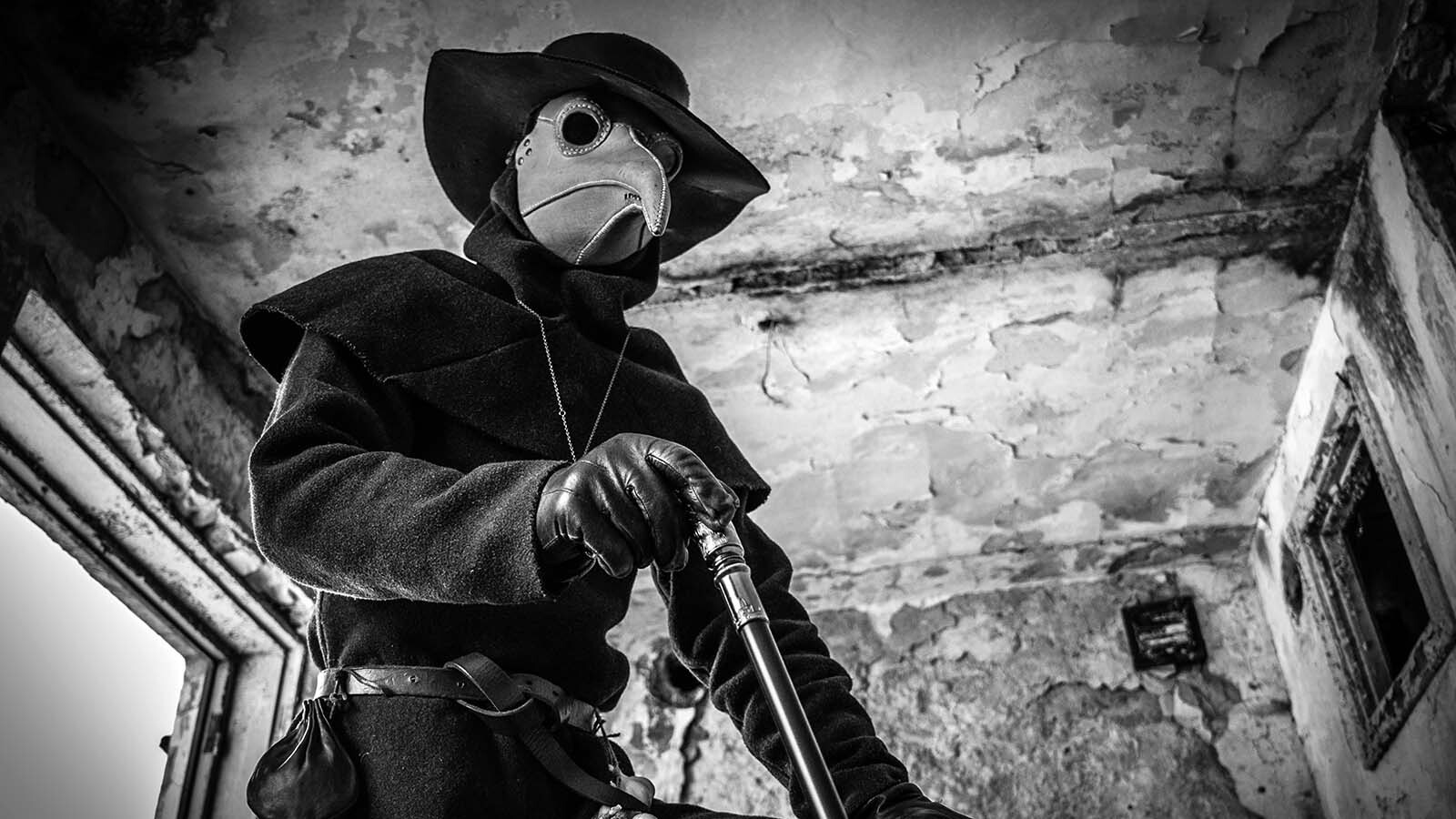
Who was Radu the Handsome? Radu the Handsome, also known as Radu cel Frumos, was a 15th-century prince of Wallachia. Born into the House of Drăculești, he was the younger brother of the infamous Vlad the Impaler. Radu's life was a mix of political intrigue, battles for power, and alliances with the Ottoman Empire. Unlike his brother, who is often remembered for his brutal tactics, Radu is noted for his diplomacy and good looks. His reign was marked by a constant struggle to maintain control over Wallachia amidst the pressures from both the Ottomans and rival factions. Radu's legacy is a fascinating blend of charm, strategy, and resilience.
Key Takeaways:
- Radu the Handsome, a 15th-century prince of Wallachia, faced political struggles, conflicts with his brother Vlad the Impaler, and maintained his rule with Ottoman support.
- Known for his diplomacy and good looks, Radu's reign was marked by alliances, conflicts, and a complex legacy, offering insights into medieval politics and power dynamics.
Who Was Radu The Handsome?
Radu the Handsome, also known as Radu cel Frumos, was a notable figure in Romanian history. He was a 15th-century prince of Wallachia, a region that is now part of modern-day Romania. His life and reign were marked by political intrigue, alliances, and conflicts.
-
Radu the Handsome was born in 1435, making him a contemporary of his more famous brother, Vlad the Impaler.
-
He was the younger brother of Vlad III, also known as Vlad the Impaler or Dracula.
-
Radu's father was Vlad II Dracul, the ruler of Wallachia.
-
His mother was Princess Cneajna of Moldavia.
Early Life and Ottoman Captivity
Radu's early years were tumultuous, marked by his family's political struggles and his own captivity.
-
In 1442, Radu and Vlad were taken hostage by the Ottoman Empire to ensure their father's loyalty.
-
Radu converted to Islam during his captivity and adopted the name Radu Bey.
-
He was educated in the Ottoman court, learning Turkish and Persian languages.
-
Radu became a favorite of Sultan Mehmed II, who later supported his claim to the Wallachian throne.
Rise to Power
Radu's path to power was fraught with challenges, including conflicts with his own brother.
-
In 1462, Radu was installed as the ruler of Wallachia by the Ottomans, replacing Vlad the Impaler.
-
His reign was marked by a pro-Ottoman stance, which made him unpopular among some Wallachian nobles.
-
Radu's rule was interrupted several times by Vlad's attempts to reclaim the throne.
-
He managed to maintain his position with the support of the Ottoman military.
Personal Life and Legacy
Radu's personal life and legacy are subjects of intrigue and debate among historians.
-
Radu was known for his striking good looks, earning him the nickname "The Handsome."
-
He had a close relationship with Sultan Mehmed II, which some historians speculate may have been romantic.
-
Radu married Maria Despina, a Serbian princess, strengthening his political alliances.
-
He had several children, though their exact number and identities remain unclear.
Military Campaigns and Conflicts
Radu's reign included several military campaigns and conflicts, both internal and external.
-
He fought against his brother Vlad the Impaler in a series of battles for control of Wallachia.
-
Radu led several campaigns against Hungarian forces, who supported Vlad's claim to the throne.
-
He also faced internal rebellions from Wallachian nobles unhappy with his pro-Ottoman policies.
-
Despite these challenges, Radu managed to maintain his rule for several years.
Death and Historical Impact
Radu's death marked the end of an era, but his impact on Wallachian history remains significant.
-
Radu died in 1475, under circumstances that remain unclear.
-
Some sources suggest he died of natural causes, while others hint at possible assassination.
-
His death led to a power vacuum in Wallachia, resulting in further conflicts and instability.
-
Radu's reign is often overshadowed by his brother Vlad's more brutal and infamous rule.
Cultural Depictions and Modern Interpretations
Radu the Handsome has been depicted in various cultural works, reflecting his complex legacy.
-
He appears in several Romanian folk tales and legends, often as a tragic or romantic figure.
-
Radu is featured in modern literature and films, sometimes as a counterpoint to Vlad the Impaler.
-
His life has inspired numerous historical novels and academic studies.
-
Radu's story is often used to explore themes of loyalty, betrayal, and the complexities of political power.
Interesting Tidbits
Beyond the major events of his life, there are many fascinating details about Radu the Handsome.
-
Radu was known for his skills in diplomacy, often negotiating peace treaties with neighboring states.
-
He was a patron of the arts, supporting the construction of churches and cultural institutions.
-
Radu's conversion to Islam was a significant factor in his political alliances and conflicts.
-
Despite his pro-Ottoman stance, Radu maintained some degree of autonomy in Wallachian affairs.
Comparisons with Vlad the Impaler
Radu's life and reign are often compared to those of his more infamous brother, Vlad the Impaler.
-
Unlike Vlad, Radu preferred diplomacy over brutality, which earned him different kinds of allies and enemies.
-
Radu's reign was less violent but also less stable, with frequent challenges to his authority.
-
While Vlad is remembered for his cruelty, Radu is often seen as a more complex and multifaceted figure.
-
Both brothers played crucial roles in the history of Wallachia, shaping its political landscape in different ways.
-
Radu's legacy, though less well-known, offers valuable insights into the complexities of medieval politics and power dynamics.
Final Glimpse at Radu the Handsome
Radu the Handsome, a lesser-known figure in history, certainly led an intriguing life. His complex relationship with his brother, Vlad the Impaler, and his political maneuvers in Wallachia paint a vivid picture of the era's turbulent politics. Radu's conversion to Islam and his alliance with the Ottoman Empire show his adaptability and strategic thinking. Despite being overshadowed by Vlad, Radu's impact on Wallachian history remains significant. His diplomatic skills and military prowess helped shape the region's future. Learning about Radu offers a fresh perspective on a period often dominated by tales of Vlad. So next time you think of Wallachian history, remember Radu the Handsome and his remarkable journey. His story adds depth to our understanding of the past, reminding us that history is full of complex characters and unexpected twists.
Frequently Asked Questions
Was this page helpful?
Our commitment to delivering trustworthy and engaging content is at the heart of what we do. Each fact on our site is contributed by real users like you, bringing a wealth of diverse insights and information. To ensure the highest standards of accuracy and reliability, our dedicated editors meticulously review each submission. This process guarantees that the facts we share are not only fascinating but also credible. Trust in our commitment to quality and authenticity as you explore and learn with us.


